
Winter’s embrace brings with it a host of cozy comforts, but for those of us who rely on glasses, it often ushers in an unwelcome guest: foggy lenses. That sudden, frustrating clouding that turns a clear view into an opaque blur can strike at the most inconvenient times—stepping indoors from the cold, exhaling while wearing a mask, or even sipping a warm beverage. It’s not just an annoyance; it can be a real safety hazard, particularly when driving or navigating busy environments.
The science behind this optical obstruction is quite simple: condensation. When warm, moist air—like your breath or the air in a heated room—comes into contact with the cooler surface of your glasses, the water vapor rapidly condenses into tiny, visible droplets. These micro-droplets scatter light, creating that familiar foggy effect that leaves you feeling momentarily blind. The stark temperature differences common in winter, combined with modern necessities like face masks, only exacerbate the problem.
But fear not, fellow spectacle wearers! You don’t have to surrender to the winter blur. We’ve meticulously gathered and tested a comprehensive array of practical tips and clever hacks designed to keep your vision crystal clear, no matter how frosty the air or how steamy your mug. From simple adjustments to specialized products, these solutions are all about empowering you to enjoy winter with perfect clarity. Let’s dive into the essential strategies that will transform your winter optical experience.

1. Mastering Your Mask Fit
Face masks have become an essential part of our daily lives, but for glasses wearers, they’ve also become a primary culprit for foggy lenses. The issue arises when warm breath, instead of being directed away from your face, escapes upwards and condenses on the cooler surface of your lenses. This common problem can be significantly reduced with a few smart adjustments to how you wear your mask.
Firstly, ensuring a snug fit is paramount. Many masks come equipped with a moldable nose wire; take the time to pinch and shape this wire securely around the bridge of your nose. This creates a seal that effectively redirects your warm breath downwards, preventing it from creeping up towards your glasses. If your mask lacks a nose wire, or if you need extra security, adhesive strips designed for masks can be used to further seal the top edge, providing an even more robust barrier against upward airflow.
Another highly effective trick is to strategically position your glasses *over* the top edge of your mask. This simple adjustment acts as a physical barrier, pressing down on the mask and helping to block any warm air from escaping and making contact with your lenses. When combined with a well-fitted nose wire, this technique can dramatically reduce, if not entirely eliminate, fogging caused by mask-wearing.
Beyond fit, the material of your mask can also play a role. Opting for breathable fabrics like cotton can improve airflow, minimizing the buildup of warm, moist air inside the mask. Some masks even feature an internal pocket for filters, which can further enhance breathability and reduce the chances of warm air hitting your lenses. By combining these methods, you can transform your mask from a fog-generator into a comfortable, clear-vision accessory.
Read more about: Sandra Bullock’s Ageless Radiance: Unveiling the Skincare Secrets That Keep Her Forever Young

2. The Time-Tested Soap & Water Trick
Sometimes, the simplest solutions are the most effective, and the soap and water trick is a classic for a reason. This hack works wonders by leaving an imperceptibly thin film on your lenses that acts as a protective barrier, preventing moisture from condensing into visible fog droplets. It’s an easy, low-cost method that can provide immediate relief from winter’s foggy frustrations.
To perform this tried-and-true method, start by washing your lenses with a mild liquid soap and lukewarm water. A small drop of regular dishwashing liquid, like Fairy liquid in the UK or Dawn detergent in the USA, works perfectly. Gently lather the soap over both sides of your lenses, making sure to cover the entire surface. This not only cleans your lenses of grease, dust, and fingerprints—which can exacerbate fogging—but also preps them for the anti-fogging film.
After applying the soap, thoroughly rinse your glasses under lukewarm water to remove any visible suds. It’s crucial to use lukewarm water, not hot, as excessively hot water can potentially damage lens coatings. Once rinsed, either let your lenses air dry completely or gently pat them dry with a clean microfiber cloth. Avoid using paper towels or abrasive materials, which can scratch your lenses or strip their protective coatings. The thin, invisible residue left behind by the soap reduces the surface tension on the lens, causing water vapor to spread out evenly into an invisible film instead of forming obstructive droplets.
This daily ritual, often referred to as a “daily bath” for your glasses, not only combats fogging but also ensures your lenses are sparkling clean. As an added bonus, the lukewarm water gently warms your frame to room temperature, which helps reduce the initial temperature difference that often triggers fogging when moving from cold to warm environments. It’s a small step that yields significant, clear-vision results.
Read more about: Unlock the Secret to Amazingly Fresh Laundry: 15 Simple Tricks for an Incredible Scent Every Time
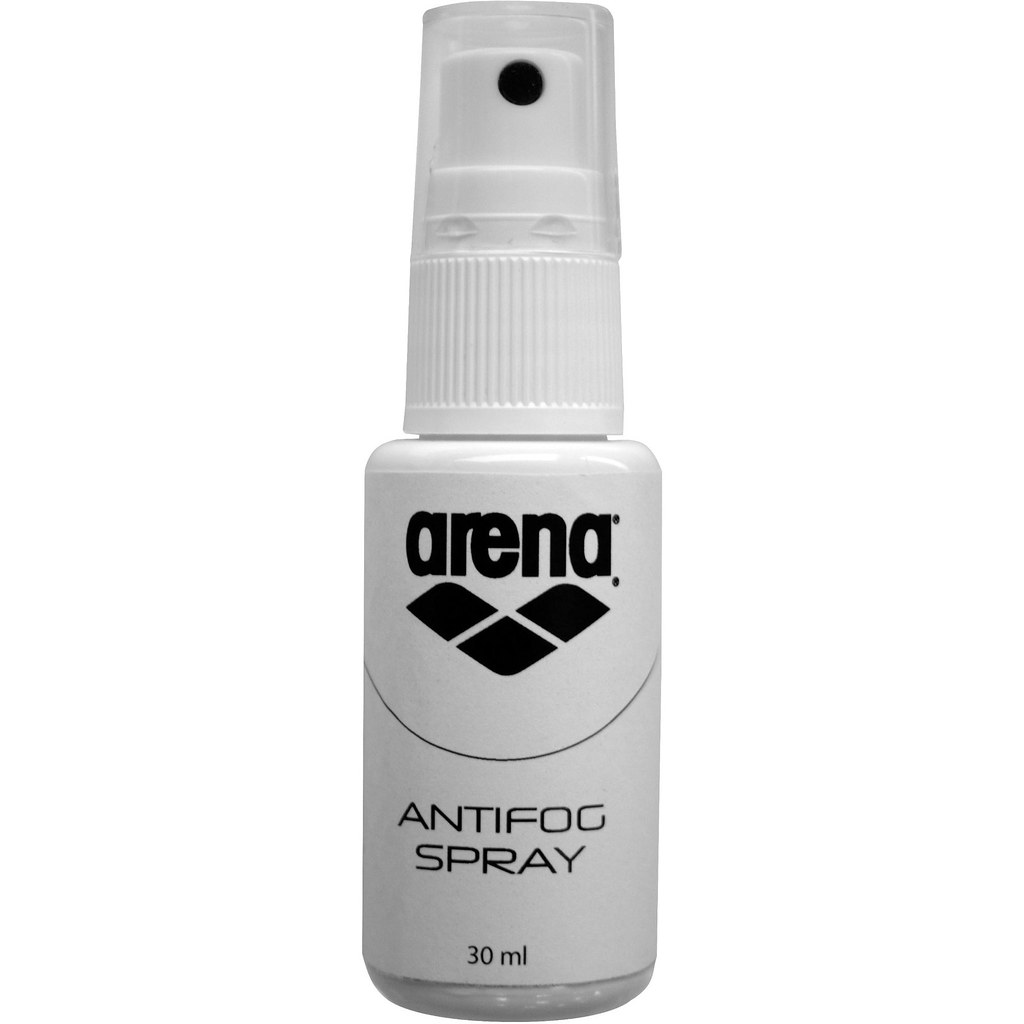
3. Harnessing Anti-Fog Sprays & Pastes
For those seeking a convenient and dedicated solution, commercial anti-fog sprays and pastes are a game-changer. These specialized products are formulated to create a thin, invisible layer on your lenses that actively prevents moisture from building up and condensing into fog. They are a go-to for many, from athletes to surgeons, precisely because of their proven effectiveness in challenging conditions.
Applying an anti-fog spray is straightforward. Typically, you’ll apply a small amount directly to both sides of your lenses. After application, use a clean, soft microfiber cloth to gently wipe off any excess and buff the lenses until clear. The key is to leave behind that protective anti-fogging film, which works by altering the surface tension of the lens so that water molecules spread out rather than clinging together as droplets. This ensures that any condensation forms an unnoticeable, transparent layer instead of an opaque fog.
Many reputable brands offer effective anti-fog solutions. Popular choices mentioned in the context include Optix 55 and Cat Crap Anti-Fog, known for their reliable performance. The Independent, in a test, even highlighted the Zeiss anti-fog kit as a top performer. While most sprays promise clarity for 24-48 hours per application, the longevity can vary depending on the specific brand and the environmental conditions you encounter. Some products may suggest slightly longer drying times or even a rinse before the final wipe, so always check the product packaging for specific instructions to ensure optimal results.
These sprays and pastes offer a quick, efficient, and highly effective way to keep your lenses clear, making them an indispensable tool for anyone battling persistent fog. They provide a reliable barrier against condensation, allowing you to maintain enhanced visibility and comfort, even in the most challenging winter scenarios.

4. The Convenience of Anti-Fog Wipes
When you’re on the go and need a rapid solution to sudden lens fogging, anti-fog wipes are your best friend. These pre-moistened cloths offer unparalleled convenience and portability, making them an ideal choice for quick touch-ups and maintaining clear vision throughout your day. Imagine being able to clean and treat your lenses simultaneously, no matter where you are—that’s the power of anti-fog wipes.
Anti-fog wipes are specifically designed to be easy to use. Each wipe is pre-treated with a special anti-fog solution, allowing you to simply pull one out of its individual packaging and wipe both sides of your lenses. The specialized formula not only cleans away smudges, dust, and grime but also deposits a thin, protective layer that wards off condensation. This dual action makes them incredibly efficient for busy individuals who don’t have the time for more elaborate cleaning rituals.
The single-use nature of most anti-fog wipes ensures optimal effectiveness with every application. Once you’re finished, you simply dispose of the wipe, eliminating the need to carry cleaning solutions or multiple cloths. This makes them perfect for stashing in your bag, coat pocket, or car console, ensuring you always have a solution at hand for unexpected fogging. Their immediate impact and ease of use mean you can quickly restore clarity to your vision, whether you’re transitioning between temperatures, wearing a mask, or facing any other fog-inducing situation.
For anyone leading an active lifestyle or frequently moving between different environments, keeping a supply of anti-fog wipes is a smart move. They offer a practical and effective way to tackle foggy lenses, providing peace of mind and consistently clear vision without any fuss.
Read more about: Unlock Crystal Clarity: Car Expert Reveals Unbelievable Hacks for Fog-Free Windows – No Wiping, No AC Blasting Required!
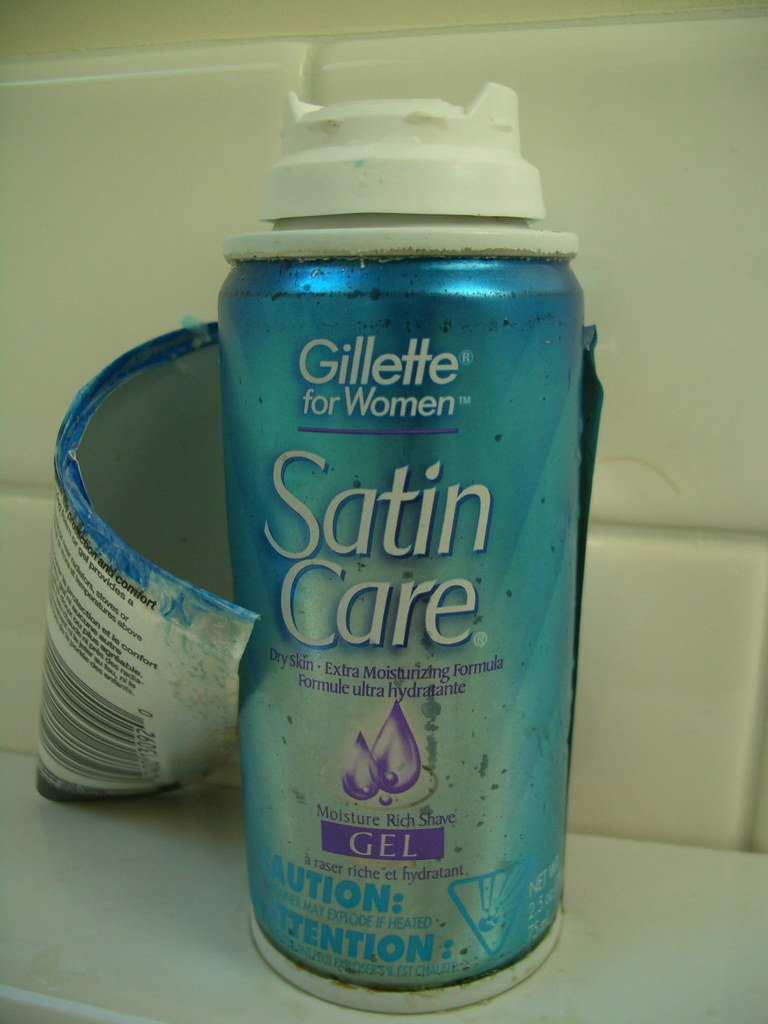
5. Unconventional Heroes: Shaving Cream & DIY Solutions
Sometimes, the best solutions are found right under your nose, or in your bathroom cabinet! Shaving cream, a seemingly unlikely candidate, has long been a secret weapon against foggy lenses. This common household item can create a protective layer on your glasses that effectively wards off condensation, offering a practical and accessible alternative to specialized anti-fog products.
To use shaving cream, simply apply a small dab to your lenses. Spread it evenly over both sides, ensuring a thin, consistent layer covers the entire surface. Allow it to sit for a minute or two, then gently wipe off the excess with a soft, dry microfiber cloth. The residue left behind is a clear, protective film that reduces surface tension, preventing moisture from clinging to the lens and forming fog. This method is praised for its immediate effectiveness and ease of application, making it a favorite for many.
Beyond shaving cream, other DIY remedies can also provide temporary relief. Homemade solutions such as a diluted mixture of baby shampoo or even vinegar can serve as effective anti-fog treatments. For instance, a small amount of diluted baby shampoo can be applied to lenses, rubbed in gently, and then buffed off to leave a protective film, similar to the soap trick. However, when experimenting with DIY methods, caution is advised. Always ensure solutions are highly diluted and mild to avoid damaging your lenses or stripping any existing protective coatings. It’s a balance between effectiveness and lens safety.
These unconventional, household-item-based solutions demonstrate that combating foggy glasses doesn’t always require specialized purchases. With a little creativity and care, you can leverage everyday products to achieve clear, fog-free vision, proving that sometimes, the simplest tricks are truly the most ingenious.

6. Optimizing Airflow and Fit
One of the most overlooked factors contributing to foggy glasses is simply how your frames sit on your face. Glasses that are too close to your skin can inadvertently trap warm air and moisture, creating a perfect microclimate for condensation to form. By making small adjustments to your eyewear and ensuring a proper fit, you can significantly improve air circulation around your lenses and keep them clearer.
Improving airflow is crucial. When your glasses sit too snugly or directly on your face, particularly when moving between different temperatures, they create an enclosed space where body heat and exhaled breath can become trapped. This makes fogging worse because the warm, moist air has nowhere to escape but to condense on your cooler lenses. A simple yet effective trick is to try pushing your glasses slightly down your nose. This small adjustment creates a subtle gap between your lenses and your face, allowing warm air to circulate more freely and dissipate before it can cause fog.
Beyond temporary adjustments, considering the fit of your frames can provide a more permanent solution. If your current frames sit very close to your face, you might explore switching to a style that offers a bit more distance from your eyes while still maintaining a secure and comfortable fit. The bridge width of your glasses is a common culprit; if it’s too wide, the frame might rest on your cheeks, bringing the lenses closer to your skin and thus increasing the likelihood of fogging. This also often causes glasses to slip down, leading to constant readjustments and smudged lenses.
For those struggling with a less-than-ideal bridge fit, stick-on silicone nose pads can be a revelation. These inexpensive and readily available accessories adhere to the nose pads of your frames, effectively lifting the glasses slightly off your cheeks and creating that much-needed space for airflow. They not only help prevent fogging but can also improve the overall comfort and stability of your eyewear. Ensuring your glasses fit you properly is a fundamental step toward enjoying consistently clear, fog-free vision throughout the colder months and beyond.
Read more about: Unlock Your Car’s Full Potential: 14 Simple DIY Maintenance Tasks Every Driver Must Master for a Longer, Safer Ride

7. Strategic Clothing Adjustments
Beyond what’s directly on your face, the clothing you choose for winter can unexpectedly contribute to foggy lenses. Items like scarves, high-collared coats, or even tightly bundled clothing can act as unintentional fog generators. When worn too closely or wrapped too snugly around your mouth and nose, they trap warm, moist air—your breath included—and funnel it directly upwards, creating a perfect pathway for condensation to settle on your cooler glasses.
To prevent this, a simple adjustment to your winter wardrobe can make a world of difference. Instead of wrapping your scarf tightly over your mouth and nose, try tying it loosely around your neck or letting it hang open. If you have a high-collared coat, unzipping it slightly or allowing the collar to sit lower can help redirect your breath outwards instead of upwards. The goal is to create space for your warm breath to escape naturally, away from your lenses.
For those who engage in active winter sports or find themselves perspiring more due to layers, consider incorporating a sweatband into your routine. During exercise, sweatbands are excellent at soaking up sweat and reducing perspiration around your forehead, which can indirectly lessen the moisture available to fog your lenses. This small addition can significantly reduce the amount of moisture and heat that can rise and impact your vision, keeping your glasses clearer during any vigorous activity.
Read more about: Beyond the Posh Plate: Unpacking Victoria Beckham’s ‘Disciplined’ Diet and What it Really Means for Your Health Journey
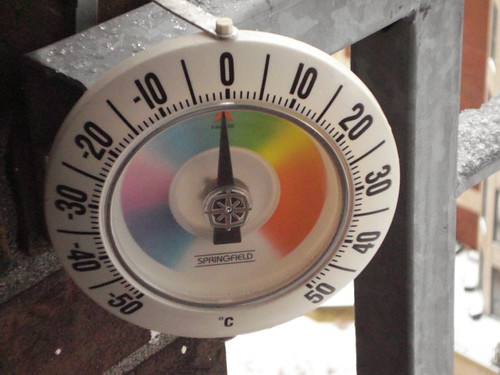
8. Mastering Temperature Acclimatization
One of the most common scenarios for sudden lens fogging is the abrupt shift between cold and warm environments. Stepping from a frosty outdoor landscape into a cozy, heated room, or vice versa, creates the ideal conditions for condensation. Your warm body and exhaled breath rapidly hit the cooler lens surface, leading to that instantaneous, vision-obscuring blur. Understanding this principle is key to proactively managing fog.
To combat this, a clever trick is to allow your glasses to acclimatize to the new temperature gradually. When coming indoors from the cold, try removing your glasses for a minute or two to let them gently warm up to room temperature before putting them back on. Similarly, if you’re heading outside from a warm indoor setting, pre-cooling your frames can be highly effective. The context even suggests some wonderfully ‘weird but effective examples’ like keeping your glasses in your car, storing them in a cold room, or even placing them on a windowsill or in the fridge temporarily to equalize their temperature before you venture out.
Beyond environmental transitions, seemingly innocuous habits like sipping a hot drink can also be a significant culprit. The warm steam rising from your coffee or tea can cause your lenses to steam up just like your breath would. To avoid this, opt for a cup with a carry-lid to contain the steam, or simply remove your glasses for a moment while you enjoy your hot beverage. This small, conscious action prevents that frustrating clouding, allowing you to savor your drink and your clear vision.
Also, if you’re in the habit of resting your glasses on top of your head, especially in colder weather, it’s time to break that habit. Your head vents a significant amount of body heat, and this warm air can rise directly onto your lenses, causing them to fog up. The colder the ambient temperature, the more pronounced this effect will be due to the increased temperature difference. Treating your glasses like a hairband not only warps the frame over time but also contributes to avoidable fogging, so always use their protective case when not wearing them.
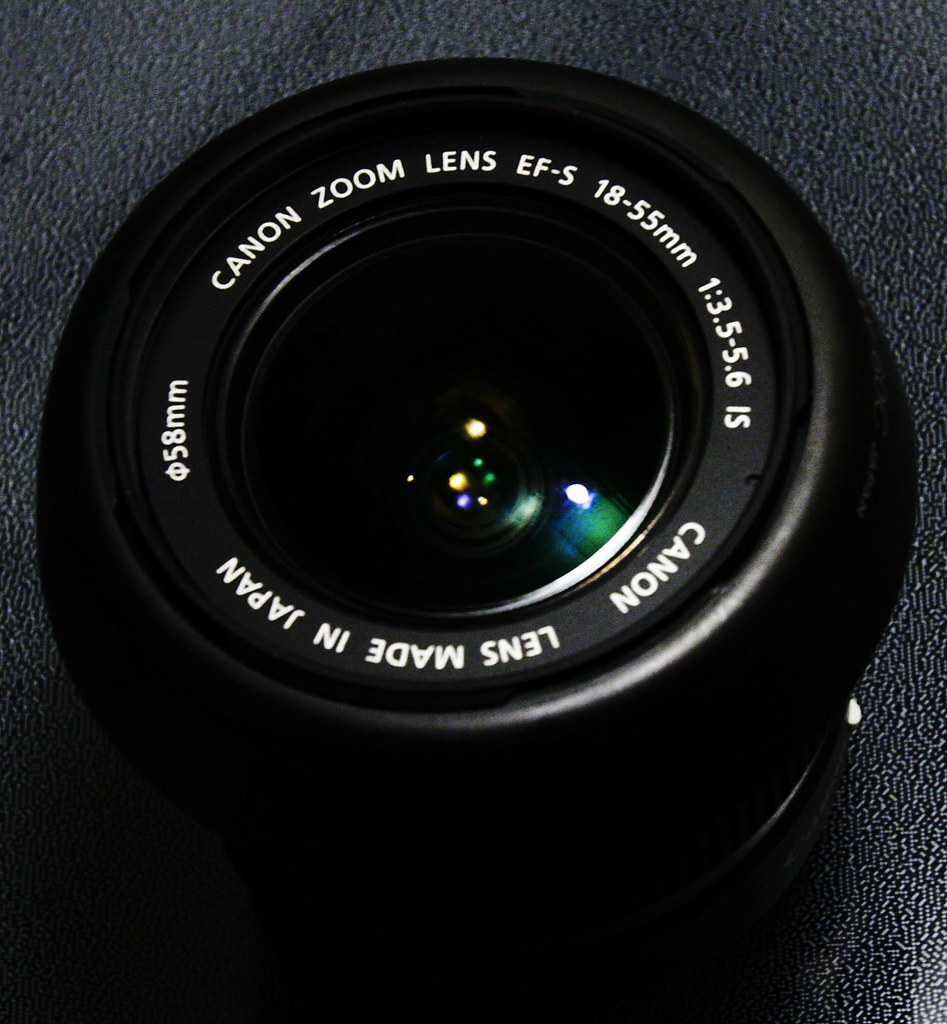
9. The Power of Advanced Lens Coatings
When it comes to long-term solutions for fog-free vision, investing in high-quality lens coatings is a game-changer. Modern spectacle lenses often come equipped with anti-glare and anti-scratch coatings that do much more than just improve visual clarity and durability; they frequently incorporate hydrophobic and oleophobic properties. These advanced features are specifically designed to actively repel water, dirt, and oils, making your lenses far less susceptible to the dreaded fog.
Hydrophobic coatings, as their name suggests, create an invisible barrier on the lens surface that literally “fears water.” This specialized layer prevents water droplets from clinging to the lens. Instead, any moisture that comes into contact with the lens beads up instantly and rolls right off. This dramatically reduces the amount of moisture that can condense and form visible fog, ensuring that any condensation forms an unnoticeable, transparent film rather than an obstructive blur.
Complementing hydrophobic technology are oleophobic coatings, which work in a similar fashion but target oils. These coatings repel natural skin oils from your hands and face, as well as residues from lotions or cosmetics. By preventing oils from sticking to the lens surface, they effectively stop smudges and smears from forming. This dual action—repelling both water and oil—means your lenses stay cleaner, clearer, and significantly less prone to fogging, even in challenging winter conditions.
Many reputable lens manufacturers integrate these features into their standard offerings. For instance, some spectacle lenses come with a complementary HMC (hard multi coat) that includes these beneficial properties. The context also highlights Essilor branded lenses with Crizal® lens coatings, which are known for deterring lens fog. Regardless of the brand, prioritizing lenses with these advanced coatings is a smart investment for anyone looking for a robust, everyday defense against condensation, though regular cleaning remains crucial for optimal performance.
Read more about: The Silent Saboteurs: Why Your Semi-Trailers Are Leaking Days Before They Hit the Road
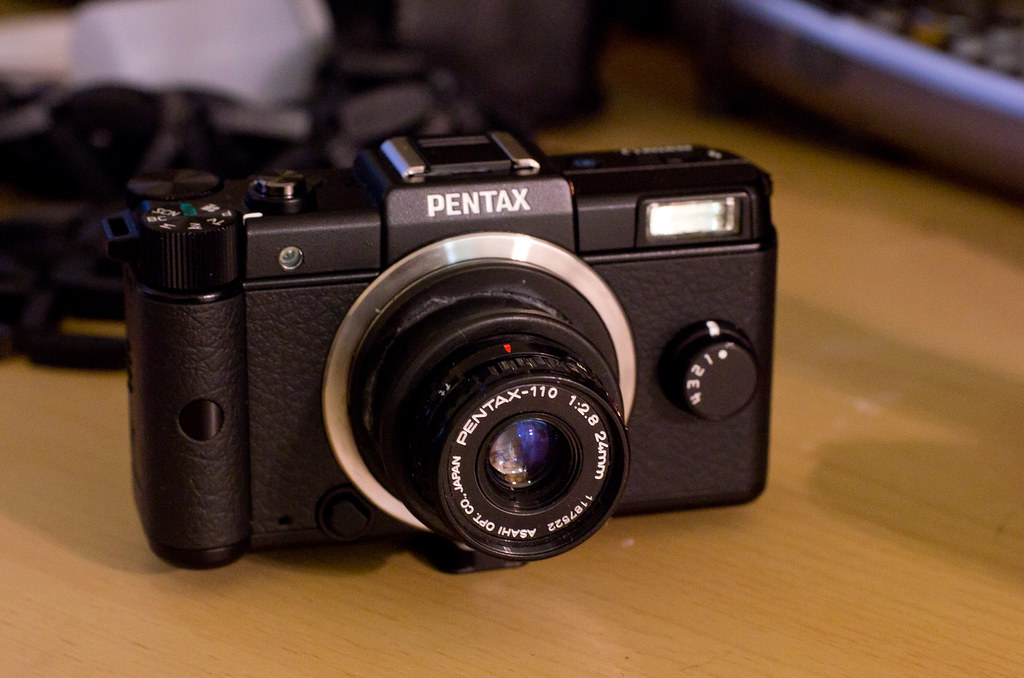
10. Professional Anti-Fog Treatments and Lens Inserts
For those seeking a truly enduring solution or facing extreme conditions, professional anti-fog treatments offer a powerful long-term answer. Your eye doctor can provide information on the availability and cost of applying a one-time coating directly to your lenses designed to permanently prevent fog. This type of investment creates a durable barrier that actively works to resist moisture condensation, making it an ideal choice for persistent fogging issues or situations where clear vision is paramount for safety.
These specialized coatings essentially integrate the anti-fogging mechanism directly into your lenses, providing continuous protection without the need for daily applications of sprays or wipes. While it might require leaving your glasses with your optometrist for a few days and could involve a cost ranging between $50-$100, the benefit of permanent, hassle-free clarity can be invaluable. This option is particularly beneficial in environments with drastic and frequent temperature changes, or if foggy glasses pose a legitimate safety hazard, such as during professional activities or driving.
Beyond permanent coatings, professional-grade lens inserts represent another excellent option for the most demanding circumstances. Often utilized by athletes, scuba divers, and medical professionals, these inserts are engineered to provide an unparalleled, permanent anti-fog solution. They can often be customized to fit your specific prescription and lens shape, offering maximum effectiveness in conditions where conventional methods might fall short. These inserts are a testament to how specialized technology can completely revolutionize the experience of glasses wearers, eliminating fogging even in the most challenging scenarios.
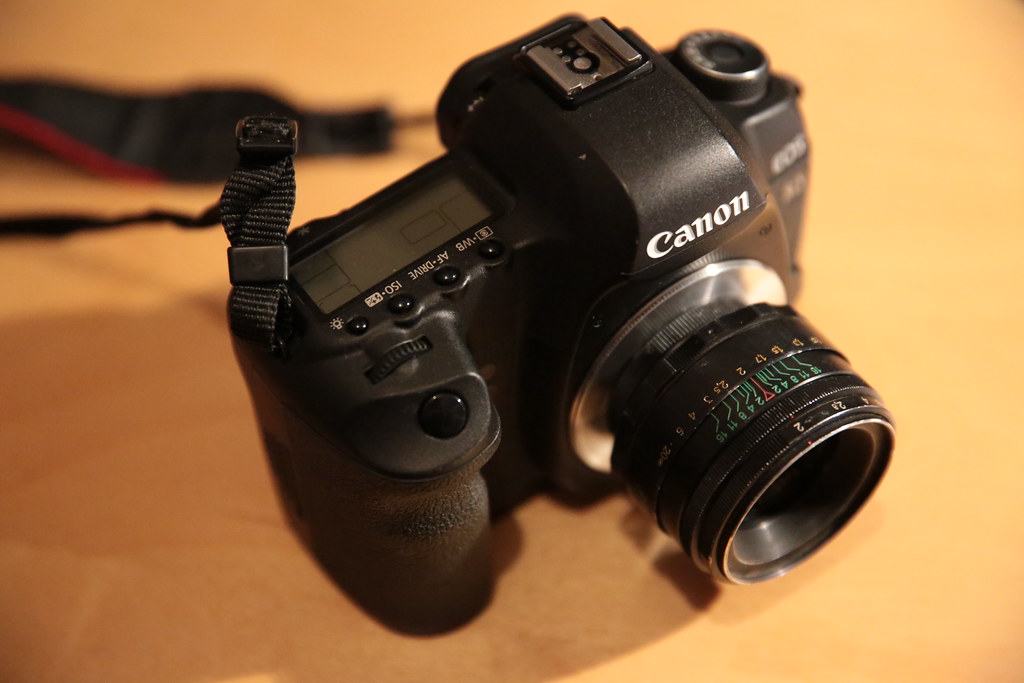
11. Understanding Lens Material
The composition of your lenses themselves can play a surprisingly significant role in how prone they are to fogging. For instance, the general consensus among optical experts is that plastic lenses tend to be less likely to fog up compared to their traditional mineral glass counterparts. This isn’t just a coincidence; there’s a scientific reason behind it that relates directly to the efficacy of anti-fogging treatments and coatings.
Modern plastic lenses, such as those made from CR39 or polycarbonate, are better able to absorb the hydrophobic and oleophobic chemicals commonly used in anti-fog solutions and coatings. This superior absorption creates a stronger, more integrated barrier against water and dirt molecules. As a result, moisture is less likely to cling to the plastic surface and condense into visible fog droplets, making them inherently more resistant to the irritating winter blur.
In fact, what many people might not realize is that the vast majority of optical lenses produced today are no longer made of traditional glass. Over the past three decades, technological advancements in lens materials have propelled plastic lenses to the forefront. They have become comparably good, and in many cases, even superior to mineral glass ones, offering benefits not only in fog resistance but also in durability, weight, and even recyclability. So, when considering new eyewear, discussing lens material with your optometrist could be a crucial step in your quest for fog-free vision.
Read more about: 12 Stunning Low-Maintenance Landscaping Ideas for the Busy American Homeowner

12. Exploring Alternative Vision Correction
For those who are truly fed up with the ongoing battle against foggy lenses, the ultimate, albeit most significant, long-term solution might be to bypass glasses altogether. This isn’t a trick for glasses wearers but rather an exploration of alternative vision correction methods that inherently eliminate the problem of lens fogging by removing the lenses themselves from the equation. It’s about achieving clear vision without the constant concern of condensation.
One popular alternative is the use of contact lenses. Since contact lenses sit directly on your eyes, they are completely unaffected by external temperature changes or the warm breath escaping from a mask or scarf. This means you can enjoy consistently clear vision, regardless of environmental conditions or your winter activities. Optometrists’ Clinic Inc. highlights that they offer a variety of contact lens options to fit diverse lifestyles, making the switch a highly viable and liberating option for many.
Another profound long-term solution is LASIK vision correction. This surgical procedure permanently reshapes your cornea, correcting common refractive errors like nearsightedness, farsightedness, and astigmatism, often resulting in 20/20 vision or better. For individuals in places like Victoria, LASIK offers “the best chance for foggy-lens reduction” as it fundamentally alters how you see the world, freeing you from prescription glasses entirely. While you might still wear protective sunglasses, the core problem of prescription lens fogging is eliminated.
Switching to contact lenses or opting for LASIK are significant decisions that require careful consideration. If you’re curious about these alternatives, it is highly recommended to consult with an experienced optometrist or ophthalmologist. They can assess your individual needs, discuss the merits of each option, and guide you through the process, empowering you to make an informed choice that promises a clear, fog-free future.
**A Future of Clear Vision Awaits**
Read more about: Unlock Significant Savings: 12 Expert Strategies to Effectively Lower Your Property Taxes Before Year-End
There you have it—a comprehensive arsenal of tricks and long-term solutions designed to keep your glasses crystal clear, no matter what winter throws your way. From thoughtful clothing adjustments and savvy temperature acclimatization to investing in cutting-edge lens coatings or exploring alternative vision correction methods, you are now equipped with knowledge to tackle foggy lenses head-on. Don’t let a momentary blur interrupt your day or diminish your comfort. Experiment with these practical strategies, find what works best for your lifestyle, and step into the colder months with confidence and perfectly clear sight. Enjoy every crisp, vibrant moment, unhindered by the frustrating fog of winter!



